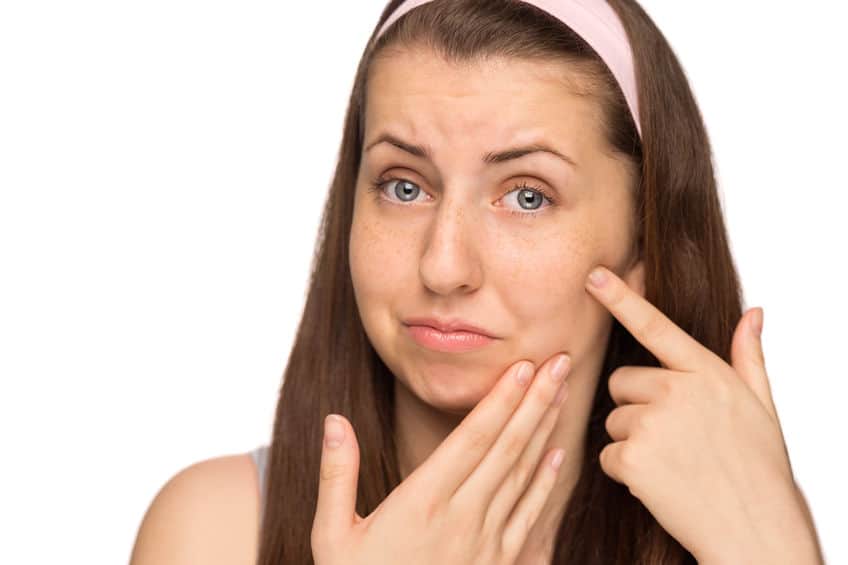If your pre-teen or teen is wondering why their once clear skin is now a problem, you can confidently tell them that the problem may be hormones. When puberty hits, some hormones become more active. This is why your once confident child, who never had to worry about acne, now does have to make a few changes in their hygiene regimen.
Focus on These Areas of the Body
The scalp, back, face, upper chest, and shoulders are the prime areas that need attention. These areas will produce what we all know as acne. The acne is a result of glands in these areas that produce an oil called sebum. The ducts around the hair follicles enlarge. Sebum is what naturally moisturizes your skin, but during puberty, it can get a little out of hand. The combination of increased oil production and enlargement of the pores causes the pores in the skin to get clogged. When that happens, dead skin cells get trapped, and the body’s bacteria get involved and produces acne. In order to treat the acne, one first must determine which type of acne lesion with which your teen is afflicted. This is where the Skin and Makeup Institute can help. We can determine the type, treat it, and recommend a home care regimen, as well as changes in diet.
Diet Matters
Teens are notorious for eating fast food, drinking sodas and lots of milk, and coffee drinks loaded with sugar and dairy. These foods can wreak havoc on a teen’s skin, especially if he or she has food sensitivities. Wheat, dairy and sugar are the primary culprits. Many people are sensitive to these ingredients, which can cause inflammation, leading to acne breakouts. So, guide your teen in reducing or even eliminating these culprits from their diet.
Types of Lesions That Are Most Common
There are four types of acne lesions that you will notice; whiteheads, blackheads, papules and pustules. All are easily treated and your teen will quickly regain their previous self-confidence. Whiteheads are plugged follicles, and look like white bumps. Blackheads are usually found on the face, neck, chest, and back. They are caused by surface debris that clogs the pores, and as these clogged pores become oxidized, they turn black. Pustules are small bumps that are inflamed and filled with pus. Papules are pimples; they are small elevations in the skin that contain no fluid, but may develop pus and become pustules.
We Can Help
All of these are treatable and we are happy to help you find the right regimen for your teen. A few tips, however, may help until you can get them looked at. Do not “pop” the acne lesion, no matter the type. This can cause scarring, or can spread the infection. Have your teen cleanse the affected areas twice daily with a gentle foamy cleanser. Do not scrub, but use gentle movements, and when finished, dry the skin by patting, not rubbing. Use lukewarm water. Extreme water temperatures could make the acne worse. If your teen wears makeup, it should be thoroughly removed every day. If excessive oiliness if a problem, make sure their sunscreen and moisturizer are oil-free. On the other hand, advise your teen not to use products that are too drying, as this could make their conditions worse. Above all, remember that we at SMI can help your teen!



